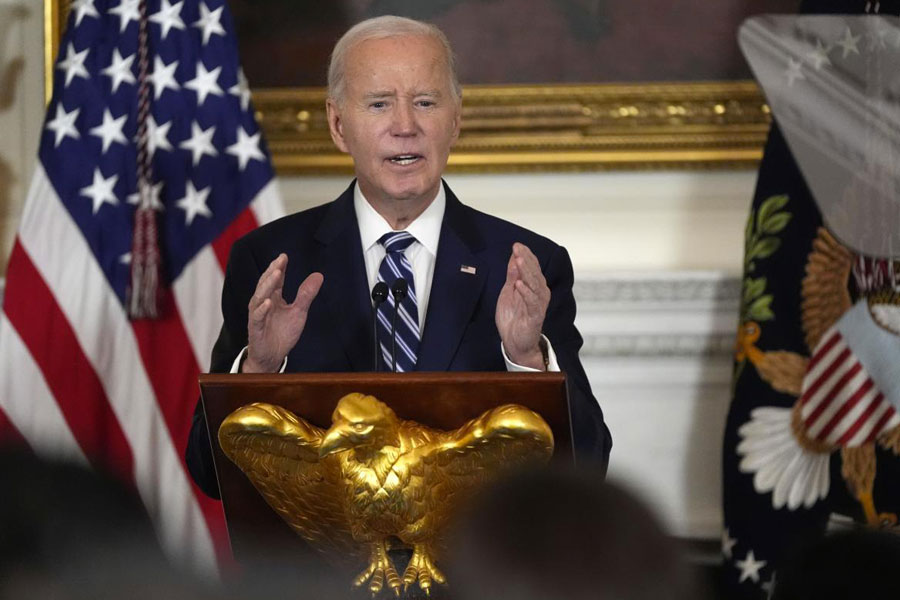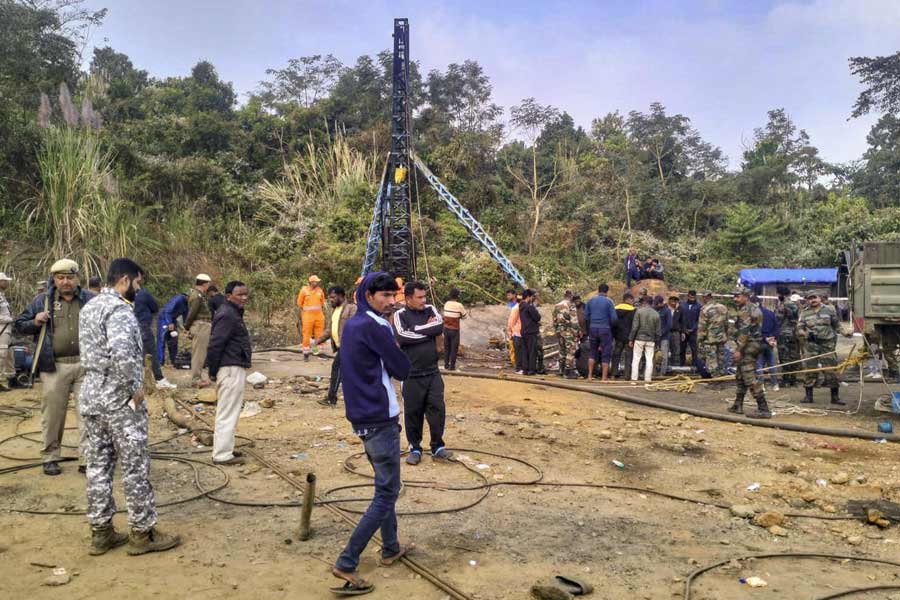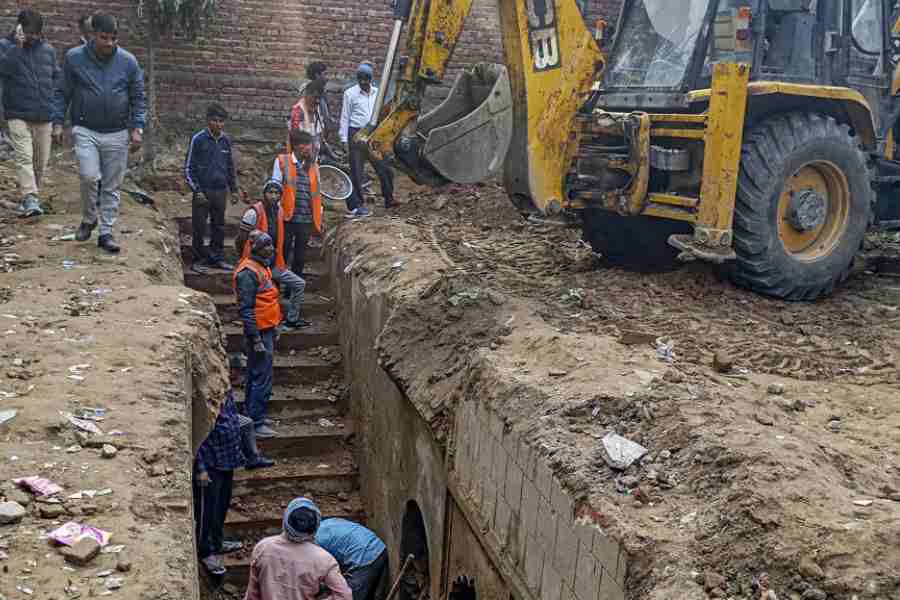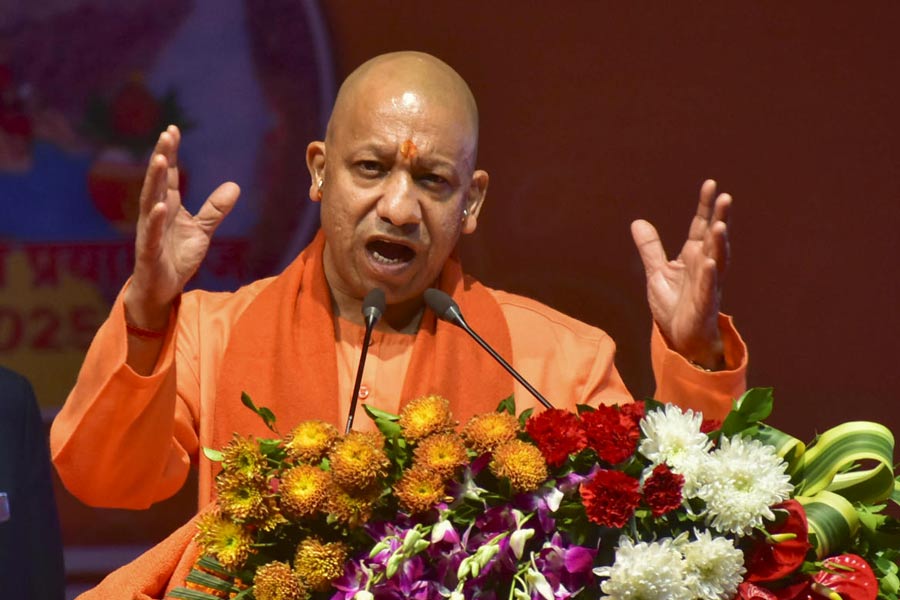Prime Minister Narendra Modi on Wednesday announced the fourth indigenisation list of 101 items as part of self-reliance in defence at the inaugural ceremony of DefExpo 2022 in Gujarat’s Gandhinagar.
The list includes next-generation frigates, surface-to-surface missile “Pralay” and ship-borne unmanned aerial systems.
“The fourth list has been prepared by the defence ministry after several rounds of consultations with all stakeholders, including the industry. It lays special focus on equipment/systems, which are being developed and likely to translate into firm orders in the next five to ten years,” the defence ministry said in a statement.
Three such lists of 310 items had been released earlier.
The announcement means that the armed forces — army, navy and the air force — will now procure all these items from domestic manufacturers. The manufacturers can be private sector players or defence public sector undertakings (DPSUs).
Some veterans had argued that in the absence of robust indigenous manufacturing capability, India cannot produce artillery guns, sonar systems, light combat helicopters and radars. Artillery guns, sonar systems and light combat helicopters are still at various stages of development by the Defence Research and Development Organisation (DRDO).
Veterans said if critical components were imported and assembled in India, the country could not become
self-reliant in the defence
sector.
“India continues to remain the second arms importer in the world after Saudi Arabia and Russia accounted for 49 per cent of India’s defence imports during 2016-20. We do not have enough indigenous capability to manufacture all these embargoed items. Self-reliance does not mean importing critical components and assembling them in India,” said a military veteran.
Instead of making tall claims, he said, the government needs to build indigenous capability and develop new technologies to boost domestic manufacturing in the defence sector.
The veteran cited how despite the government’s ambitious Make in India project in the defence sector, India imported defence equipment constituting nearly 40 per cent (Rs 29,658 crore) of all acquisitions under the military’s capital budget for 2021-22 (till December 21), the same as in 2014-15.
The domestic defence players include Hindustan Aeronautics Ltd, the Adanis, Anil Ambani, the Tatas, the Hindujas, L&T, Kalyani Group and Mahindra Aerospace.
In a bid to boost indigenisation of defence production, the defence ministry had in August 2020 released the first negative import list of 101 items, including high-technology systems like artillery guns, assault rifles, sonar systems, transport aircraft, light combat helicopters and radars to be progressively implemented between 2020 and 2024.
In May 2021, the government had approved restrictions on the import of an additional 108 military weapons and systems such as next-generation corvettes, airborne early warning systems, tank engines and radars under a staggered timeline of four-and-half years.
In April this year, the defence ministry announced the third list of over 101 military systems and weapons, including sensors, naval utility helicopters, patrol vessels, and anti-ship missile, that India would stop importing over the next five years and develop indigenously.
India has been facing tough challenges from neighbours on north (China) and west frontiers (Pakistan). According to estimates, the Indian armed forces are projected to spend around $130 billion ($1 billion is equal to Rs 100 crore) in capital procurement over the next five years.










